Conflict Worksheets Results
Five Conflict Management Styles - bedisciples.com
Five Conflict Management Styles . Thomas, K.W., and R.H. Kilmann identify five conflict management styles: 1. Accommodating This is when you cooperate to a high-degree. It may be at your own expense and actually work against your own goals, objectives, and desired outcomes. This approach is effective when the
https://url.theworksheets.com/f2k82 Downloads
Preview and Download !


Dealing With Conflict in the Workplace
conflict. In: Response to Conflict The purpose of the next exercise is to build awareness of the variety of ways individuals respond to conflict. Ask participants to reflect on their choices and to look for patterns of behavior. Sharing is NOT recommended. Use the handout on page 18.
https://url.theworksheets.com/446155 Downloads
Preview and Download !
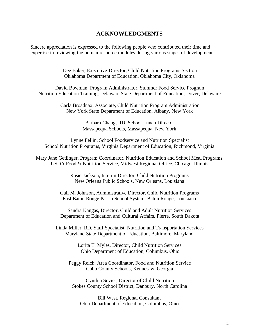
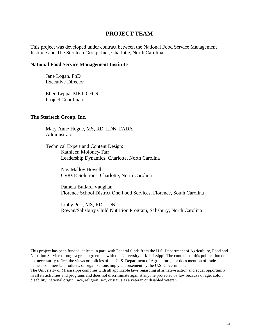
Types of Conflict Worksheet 3 - Ereading Worksheets
Types of Conflict Worksheet 3 Directions: Read the brief description of each plot. Identify the protagonist and antagonist and determine the type of conflict. 1. As far back as Brendon could remember, he only wanted one girl, Alice Dailey. To Brendon, she was perfect in every way.
https://url.theworksheets.com/hxm48 Downloads
Preview and Download !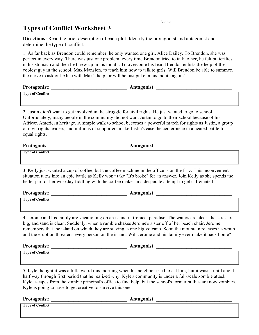
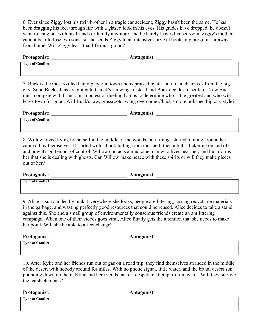

ROCK YOUR PLOT • WORKBOOK - Rock Your Writing
CHAPTER 2: GOAL – MOTIVATION- CONFLICT The key to all plotting is in what is commonly referred to as the GMC – the Goal, Motivation, and Conflict for your characters. Essentially, you want to work on the assumption that your character has two driving desires: an internal goal, and an external goal. External Goal
https://url.theworksheets.com/ap295 Downloads
Preview and Download !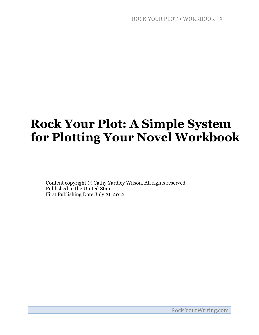
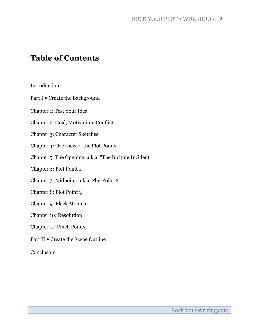
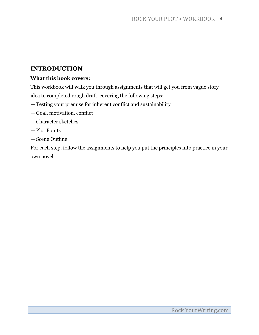
Conflict in Stories - Mrs. Georgia Starling's 8th Grade ...
Conflict Conflict is the dramatic struggle between opposing forces in a story. Without conflict, there is no plot. Protagonist vs. Antagonist The protagonist (main character) struggles against the antagonist in the story’s main conflict. The antagonist can be a person, idea, emotion,
https://url.theworksheets.com/1e69141 Downloads
Preview and Download !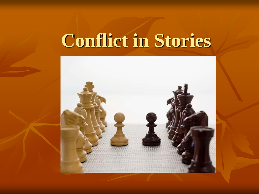
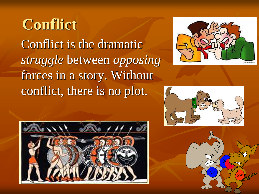
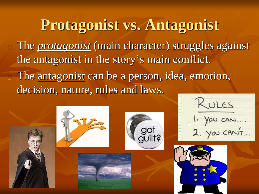
<< Previous results Next results >>